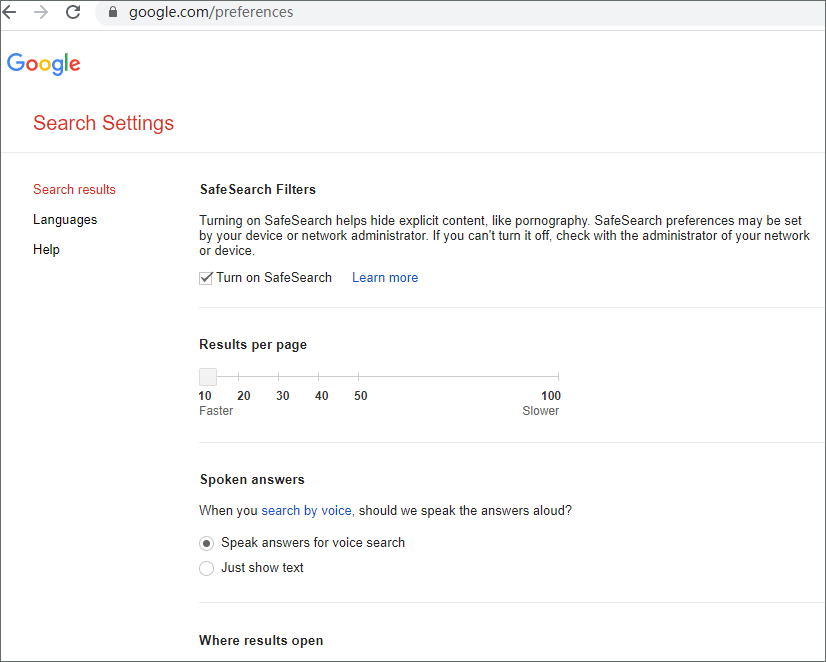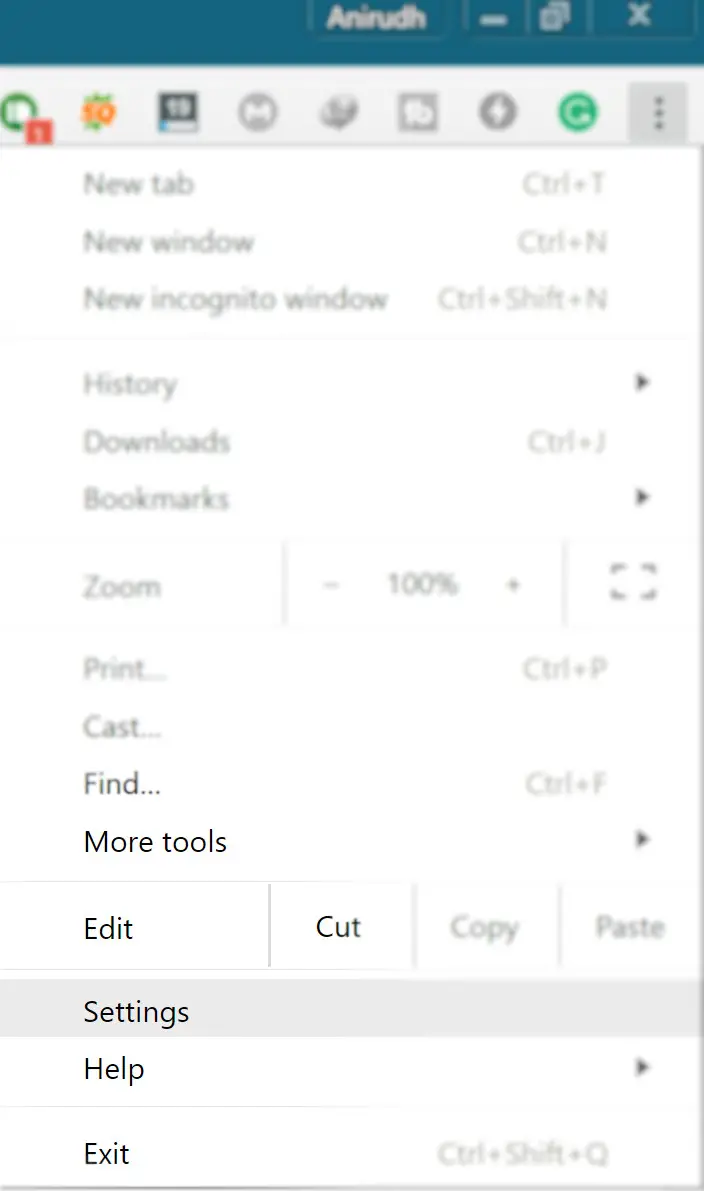

- Change proxy https settings with chrome for mac how to#
- Change proxy https settings with chrome for mac password#
- Change proxy https settings with chrome for mac mac#
If you never want your Mac to use a proxy, even if one is detected with WPAD, leave this box unchecked.ĥ. If you configure your proxy server settings automatically, select Auto Proxy Discovery to automatically discover proxy servers, or select Automatic Proxy Configuration. Now Click the “ Advanced” button at the bottom right corner of the Network window.Ĥ. Click the interface you want to configure (usually Ethernet or Wi-Fi).ģ. The Internet panel shows all the available interfaces.

Open the System Preferences application in your Dock, or else go to the Apple menu and click System Preferences.
Change proxy https settings with chrome for mac how to#
How To Configure Proxy Server Settings On Mac in 9 Stepsġ. Some applications like Mozilla Firefox, have their own custom proxy settings. The proxy server that you set below will be used by Apple Safari, Google Chrome, and other applications that respect your system proxy settings. When you configure a proxy server on your Mac, applications will send their network traffic through the proxy server before going to their destination. If your computer is connected to a local network that’s protected from the Internet by a firewall, you may need to specify proxy servers or use the FTP passive mode (PASV) to access some Internet sites. 9 Steps and Tips on How To Configure Proxy Server Settings On Mac 2021Ī client connects to the proxy server, requesting some service, such as a file, connection, web page, or another resource available from a different server and the proxy server evaluates the request as a way to simplify and control its complexity. To bypass a specific part of a domain, specify each part - for example, computer networks, a proxy server is a server (a computer system or an application) that acts as an intermediary for requests from clients seeking resources from other servers.

To bypass all websites on a domain, use an asterisk before the domain name - for example, *. To bypass a single domain, enter the domain name - for example,. This might be useful if you want to make sure you’re receiving information directly from the host or domain and not information that’s cached on the proxy server. You can also choose to bypass proxy settings for specific computers on the internet (hosts) and segments of the internet (domains) by adding the address of the host or domain in the “Bypass proxy settings for these Hosts & Domains” field.
Change proxy https settings with chrome for mac password#
Enter your account name and password in the Username and Password fields. Select the “Proxy server requires password” tickbox if the proxy server is protected by a password. Select a proxy server, such as FTP Proxy, then type its address and port number in the fields on the right. If you want to configure your proxy settings manually, do the following: If your network administrator provided you with the address of a proxy auto-configuration (PAC) file, select Automatic Proxy Configuration, then enter the address of the PAC file in the URL field. To automatically discover proxy servers, select Auto Proxy Discovery. If you want to configure your proxy server settings automatically, do one of the following: In the list, select the network service you use - for example, Ethernet or Wi-Fi. On your Mac, choose Apple menu > System Preferences, then click Network.


 0 kommentar(er)
0 kommentar(er)
